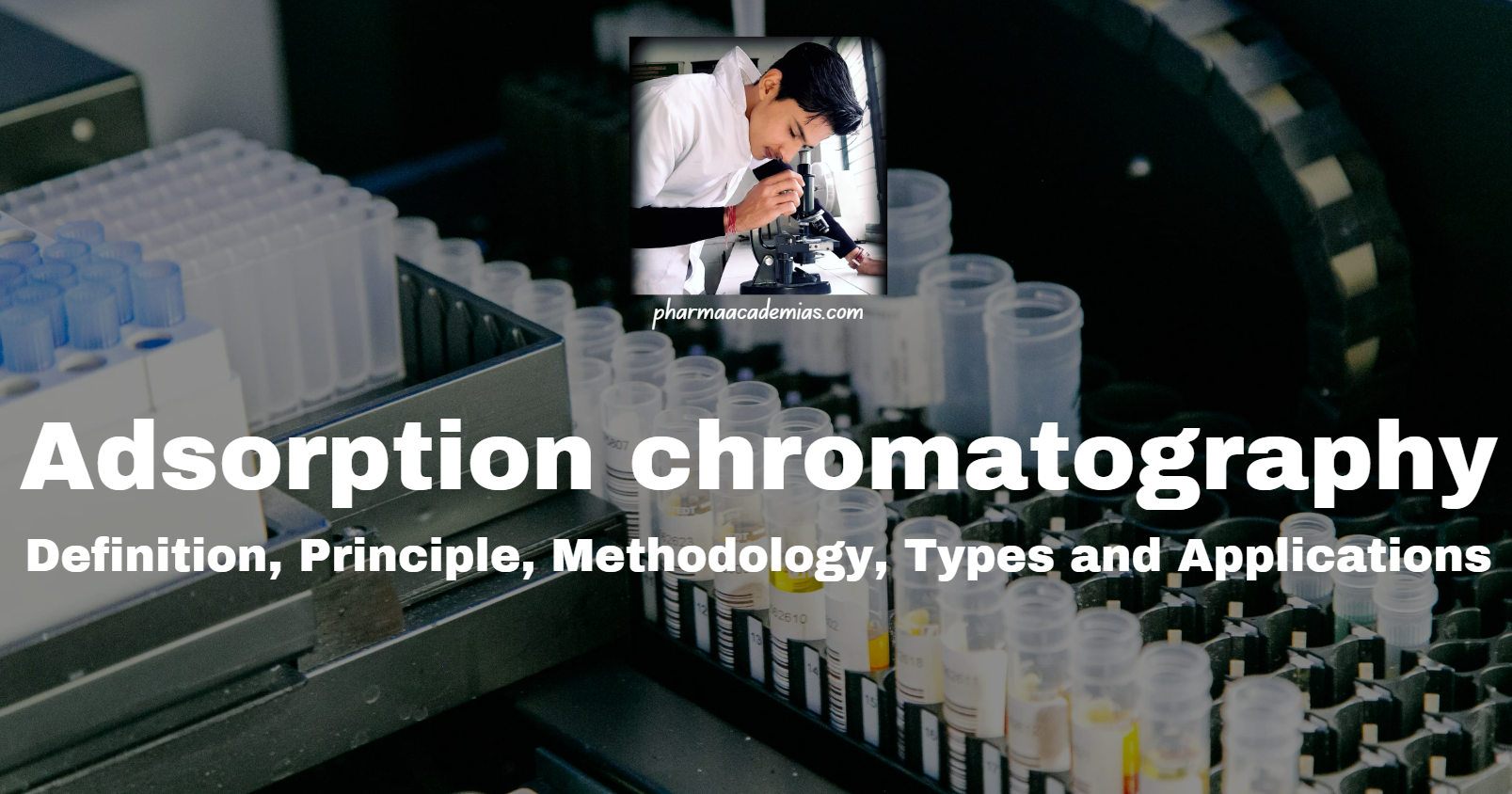Definition:
Salivary glands are a group of exocrine glands located in and around the oral cavity that produce saliva. Saliva is a watery fluid containing enzymes, electrolytes, mucins, and antibacterial compounds. It plays a crucial role in lubricating the oral cavity, initiating digestion, and protecting the teeth and oral mucosa.
Anatomy of Salivary Glands:
1. Major Salivary Glands:
– Parotid Glands: Located bilaterally in front of each ear, the parotid glands are the largest of the salivary glands. They produce serous saliva rich in enzymes, particularly salivary amylase.

– Submandibular Glands: Situated beneath the lower jaw on each side of the mouth, the submandibular glands produce a mixture of serous and mucous saliva.
– Sublingual Glands: Located beneath the tongue, the sublingual glands secrete predominantly mucous saliva.
2. Minor Salivary Glands:
– Scattered throughout the oral cavity, minor salivary glands produce smaller quantities of saliva. They are present in the lips, cheeks, palate, and lining of the mouth.
Anatomy of a Salivary Gland:
– Glandular Units: Each salivary gland is composed of numerous glandular units known as acini, which are the functional units responsible for producing saliva.
– Duct System: Saliva produced by the acini drains into a network of ducts that transport it to the oral cavity. Salivary ducts include intercalated ducts, striated ducts, and excretory ducts, which vary in size and function.
– Blood Supply and Innervation: Salivary glands receive arterial blood supply from branches of the external carotid artery and are innervated by parasympathetic and sympathetic nerves, which regulate saliva production and secretion.
Functions of Salivary Glands:
1. Saliva Production: The primary function of salivary glands is to produce saliva, a watery fluid that moistens the oral mucosa, lubricates food boluses, and facilitates swallowing.
2. Digestion: Saliva contains enzymes such as salivary amylase (ptyalin), lingual lipase, and lysozyme, which initiate the digestion of carbohydrates, fats, and proteins in the mouth. Salivary amylase hydrolyzes starches into maltose and dextrins, initiating the breakdown of complex carbohydrates.
3. Lubrication: Saliva lubricates the oral cavity, making it easier to chew and swallow food. It also coats the teeth and oral mucosa, preventing dryness and facilitating speech and articulation.
4. Antibacterial Action: Saliva contains antibacterial compounds, including lysozyme, lactoferrin, and immunoglobulins (e.g., IgA), which help protect against oral infections by inhibiting the growth of bacteria and fungi.
5. Buffering: Saliva contains bicarbonate ions, which act as a buffer to maintain the pH balance in the oral cavity. This buffering capacity helps neutralize acidic foods and beverages, preventing tooth demineralization and enamel erosion.
6. Dental Health: Saliva plays a crucial role in maintaining dental health by remineralizing tooth enamel, washing away food particles and debris, and promoting saliva production during chewing, which helps clear sugars and acids from the mouth.
7. Taste Perception: Saliva contains water and electrolytes that help dissolve food molecules and facilitate their interaction with taste receptors on the tongue, contributing to the perception of taste and flavor.
In summary, salivary glands are essential exocrine glands that produce saliva, which plays multiple roles in oral health, digestion, and overall well-being. Understanding the anatomy and functions of salivary glands is crucial for maintaining oral hygiene, diagnosing salivary gland disorders, and promoting overall health.




